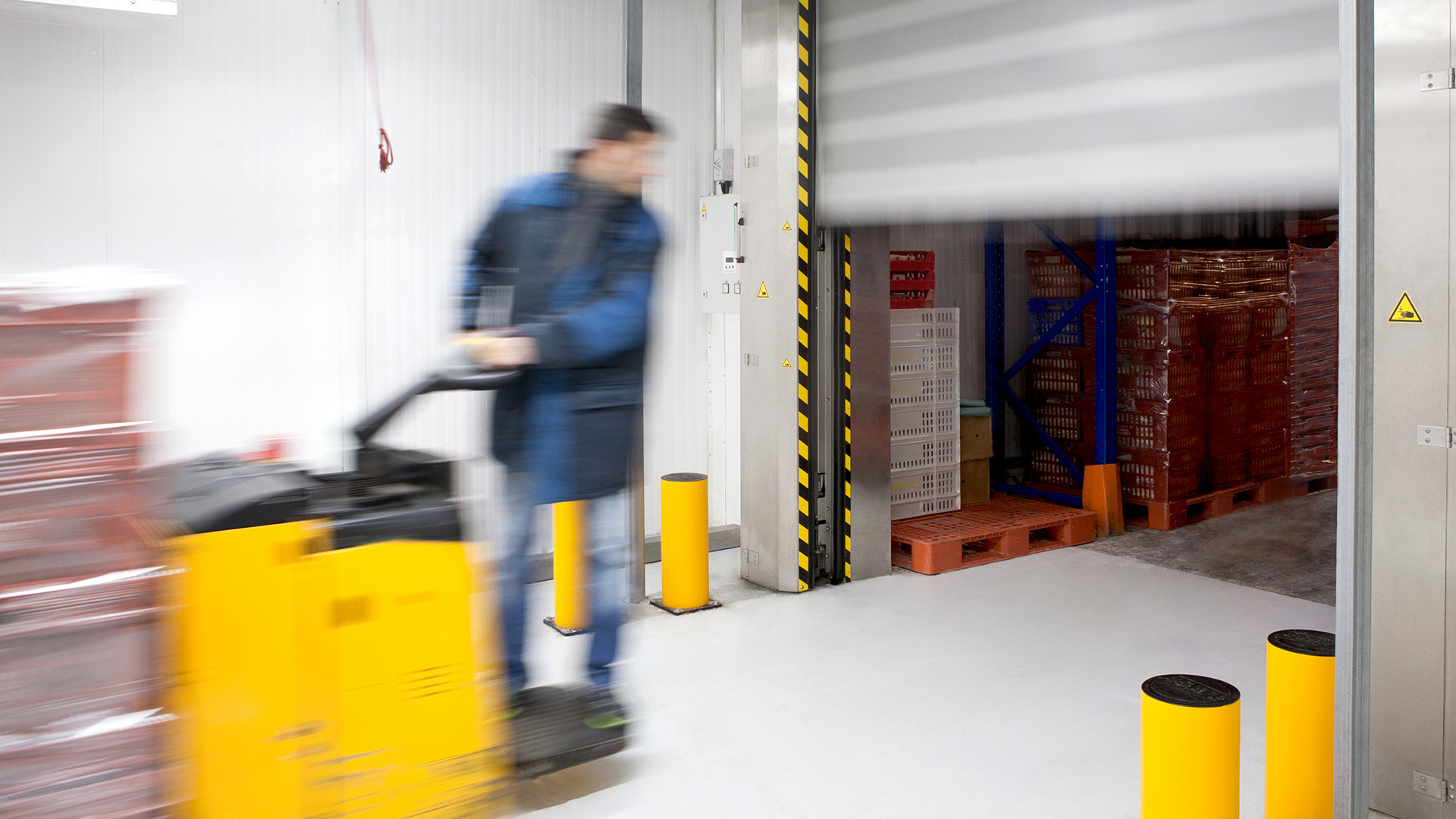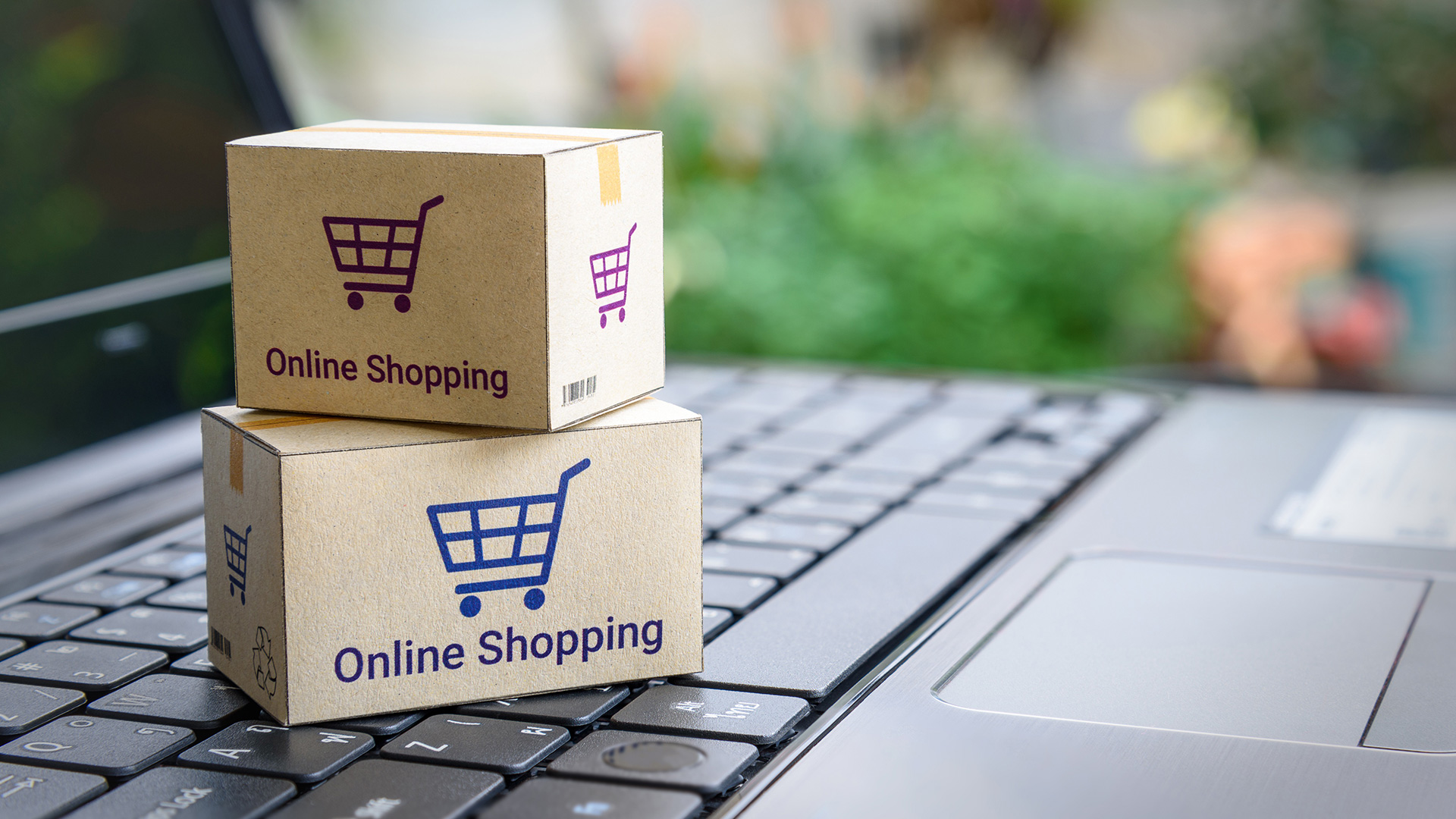Less Cost, More Control: How Cold Chain Logistics Is Becoming Smarter and More Efficient
- 14 March 2025
- 7 min to read
- 597 views

Transporting food, medications, and temperature-sensitive materials requires impeccable precision. A single temperature deviation can render an entire batch unusable. For instance, in the pharmaceutical industry, annual losses due to temperature excursions are estimated at $35 billion.
But it's not just about potential losses. High energy consumption costs, stringent regulations, and monitoring complexities make cold chain logistics one of the most expensive segments in supply chains. The growth of global trade only complicates matters: demand for refrigerated shipments is increasing, and outdated methods can no longer keep up.
What can be a game-changer? Technologies that reduce losses, automate processes, and make the cold chain more energy-efficient are no longer just hypotheses—they are actively being implemented.
Smart Refrigeration: Keeping It Cool Without Breaking the Bank
Refrigeration is the heart of the cold chain, but traditional cooling systems are notorious for their energy consumption. Newer, smarter refrigeration systems are making it possible to cut costs while keeping products safe.
Instead of running at full power all the time, modern cooling units now adjust automatically based on how much cooling is actually needed. This means less wasted energy and lower electricity bills. At the same time, companies are switching to natural refrigerants like CO₂ and ammonia, which not only cool more efficiently but also help businesses meet stricter environmental regulations.
Another breakthrough is thermal energy storage—think of it as a backup battery for cold storage. These systems store cooling energy when electricity is cheapest and use it later when needed, reducing reliance on constantly running refrigeration units. The result? Lower costs, better efficiency, and a more sustainable way to manage cold storage.
How AI and Automation Are Taking the Guesswork Out of Cold Chain Management
Cold chain logistics used to rely on manual monitoring, human judgment, and a fair amount of luck. Not anymore. With the rise of IoT, AI, and automation, companies can now track temperature, humidity, and even location in real-time.
IoT sensors installed in trucks and warehouses send instant alerts if temperatures start to drift out of range. Instead of discovering a problem after it’s too late, logistics teams can take immediate action to prevent product spoilage. Meanwhile, AI is analyzing vast amounts of supply chain data, predicting potential disruptions before they happen, and suggesting more efficient delivery routes that cut fuel costs.
Automation is also transforming cold storage facilities. Instead of relying on workers to manually move products in and out of freezing warehouses, robotic systems now handle much of the heavy lifting. This not only speeds up operations but also keeps storage temperatures more stable by minimizing how often doors are opened and closed. Less wasted energy, lower labor costs, and more reliable temperature control—it’s a win-win.
Why Better Boxes Mean Lower Costs
When it comes to cutting cold chain costs, packaging is often overlooked—but it shouldn’t be. The right packaging can make a huge difference in how long products stay fresh and how much refrigeration they actually need.
Vacuum-insulated panels, for example, provide superior insulation, helping maintain stable temperatures even in fluctuating conditions. Phase-change materials take this a step further by absorbing and releasing heat as needed, keeping shipments at a constant temperature without requiring powered refrigeration.
Another game-changer is modular shipping containers. These innovative designs maximize space efficiency, allowing companies to transport more goods in fewer shipments. They also collapse for easier return transport, reducing overall logistics costs. Smarter packaging doesn’t just protect products—it saves money at every stage of the cold chain.
Are Self-Driving Refrigerated Trucks the Future?
The idea of autonomous refrigerated vehicles and drone deliveries might sound like science fiction, but they’re closer than you think. Some companies are already testing electric, self-driving trucks for temperature-controlled deliveries, reducing both labor costs and fuel expenses.
Drones are also emerging as a promising solution for last-mile cold chain logistics, especially for delivering vaccines and medical supplies to remote areas. While still in the early stages, these technologies could play a major role in making cold chain logistics more efficient and cost-effective in the near future.
The cold chain industry is changing fast, and businesses that don’t adapt risk falling behind. Energy-efficient refrigeration, AI-powered monitoring, smart packaging, and automation are no longer just “nice-to-have” technologies—they’re becoming essential for staying competitive.
As global trade expands and sustainability becomes a bigger priority, companies that invest in innovation today will be the ones leading the industry tomorrow. Cold chain logistics isn’t just about keeping things cold anymore—it’s about finding smarter, cheaper, and more efficient ways to do it. The future is here, and the companies that embrace it now will be the ones setting the standard for years to come.
If you want to stay ahead of the latest trends and innovations in logistics, follow our blog for expert insights, industry updates, and game-changing strategies to optimize your supply chain.




